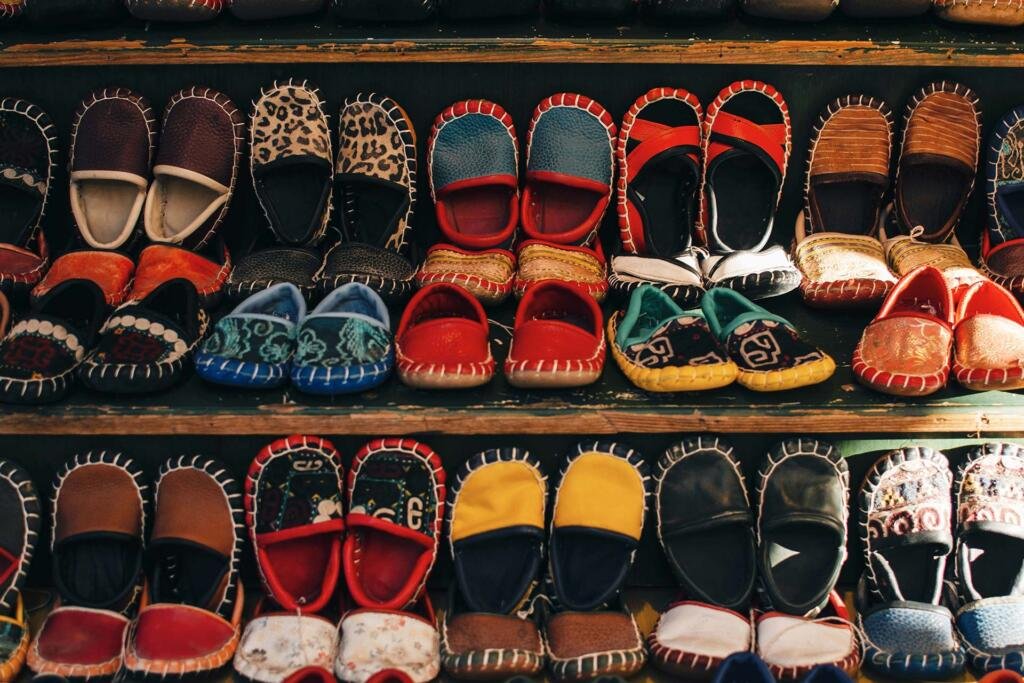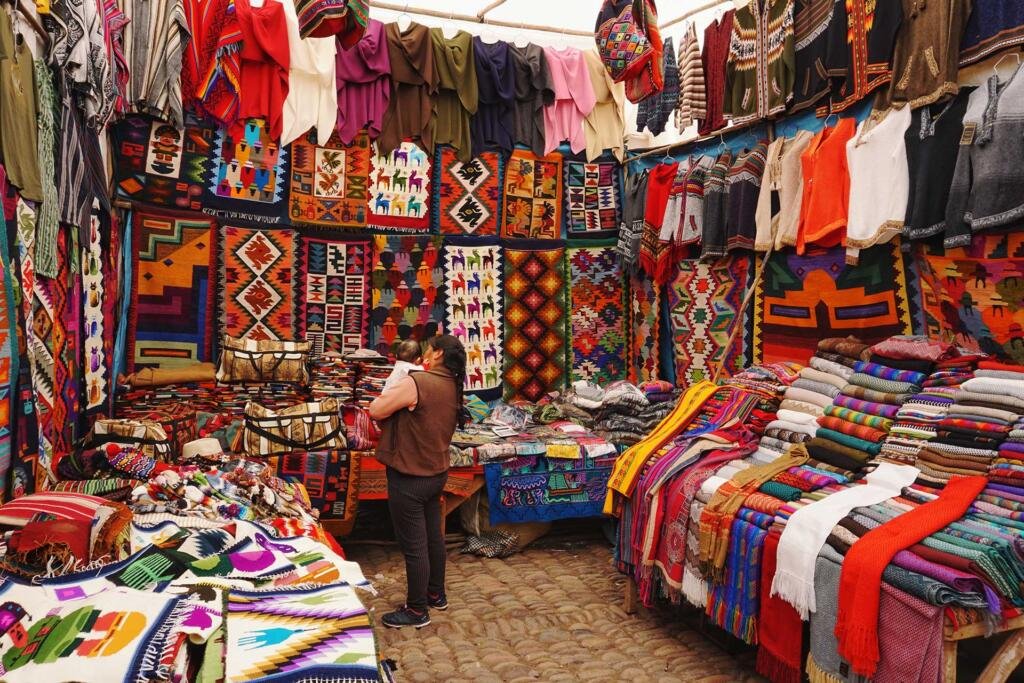As consumers become more conscious of their environmental impact, sustainable fabric production is becoming a priority. Eco-friendly materials, zero-waste dyeing, and renewable energy-powered production are paving the way for a greener future.
Challenges:
Consumer Awareness: Educating people about sustainable textiles is necessary.
High Initial Investment: Sustainable technology requires significant capital.
Limited Availability of Eco-friendly Materials: Not all raw materials are widely available.


Advantages:
- Lower Carbon Footprint: Eco-friendly processes reduce emissions and waste.
- Healthier Fabrics: Natural, chemical-free materials are better for consumers.
- Long-term Cost Savings: Sustainable methods can be more cost-efficient over time.
Disadvantages:
Limited Mass Production: Some sustainable fabrics take longer to produce.
Higher Production Costs: Organic materials and sustainable processes are more expensive.
The future of fashion lies in sustainability, not excess.
Solution:
Partnering with sustainable suppliers and investing in energy-efficient production can make textile manufacturing more eco-friendly.

Conclusion:
The textile industry must embrace sustainability for a better future. By adopting green practices, businesses can create quality fabrics while preserving the environment.


